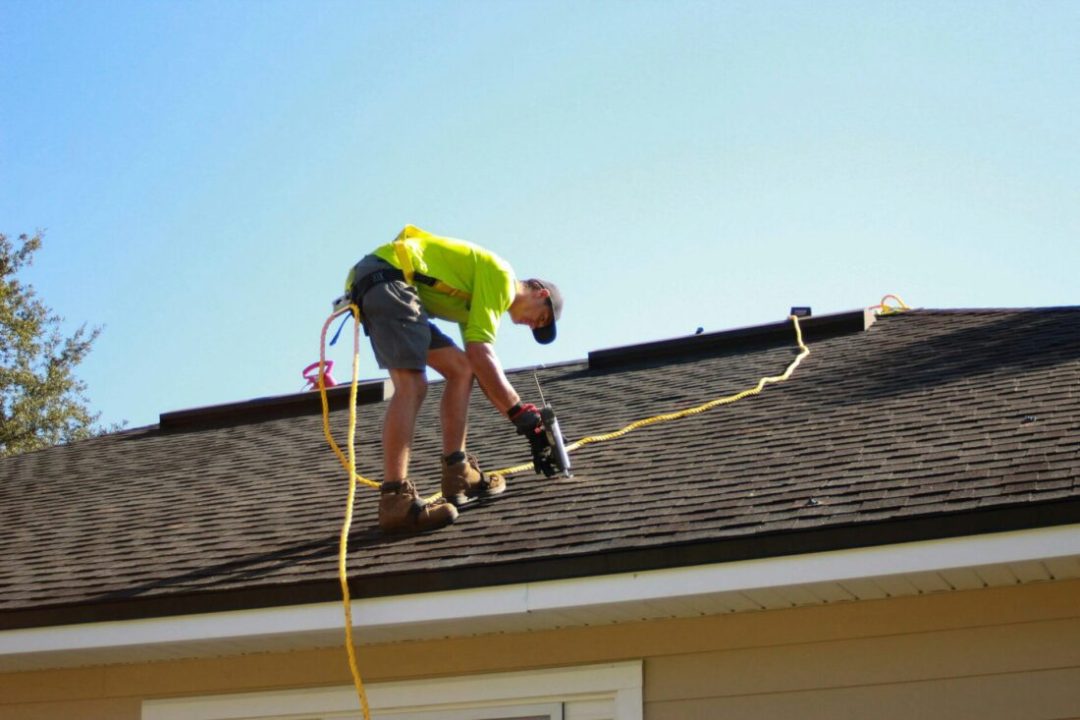Roof installation is a meticulous process that involves multiple steps and components to ensure durability. Gain insight into how roofing is installed and the components part of a reliable roofing system.
Step 1: Preparing the Roof Deck
The roof deck is inspected and prepared before installation. Any damaged areas are repaired to provide a solid foundation. A clean and even deck ensures the proper application of underlayment and other materials.
Step 2: Installing Roofing Felt and Underlayment
Roofing felt, also known as tar paper and synthetic underlayment, is laid over the roof deck to create a moisture barrier. These layers protect the deck from water infiltration while providing an extra line of defense against leaks.
Step 3: Adding Drip Edge
The drip edge is installed along the edges of the roof to guide water into the gutter system, preventing moisture from seeping through the underlayment. This small but essential component enhances the overall efficiency of water management.
Step 4: Applying Ice & Water Shield
An ice and water shield is applied in areas prone to ice dams or heavy rainfall. This adhesive layer is placed in valleys and eaves to prevent water from penetrating vulnerable areas.
Step 5: Installing Shingles or Roofing Material
Shingles or other roofing materials, such as metal panels, are installed starting from the bottom edge and working upward. Roofing nails or fasteners securely attach each piece, ensuring a strong hold against wind and weather.
Step 6: Adding Flashing and Roof Ridge Cap
Flashing is placed around roof penetrations like chimneys and vents to direct water away. The roof ridge cap is installed at the peak to seal the ridge and allow ventilation, protecting against moisture buildup.
Step 7: Finalizing Ventilation and Gutter System
Roof vents, such as ridge vents or static vents, are added to promote airflow and maintain attic temperature. The gutter and downspout system is also installed to channel water away from the foundation.
Step 8: Sealing and Finishing Touches
Sealants and adhesives are applied to ensure watertight seals in areas where nails or fasteners are used. These finishing touches ensure the roof is entirely secure and ready to protect your property.
By following these steps, roofing professionals ensure a high-quality installation that stands the test of time. If you’re planning a roof installation, contact West Texas Commercial Roofing to get the job done right.

